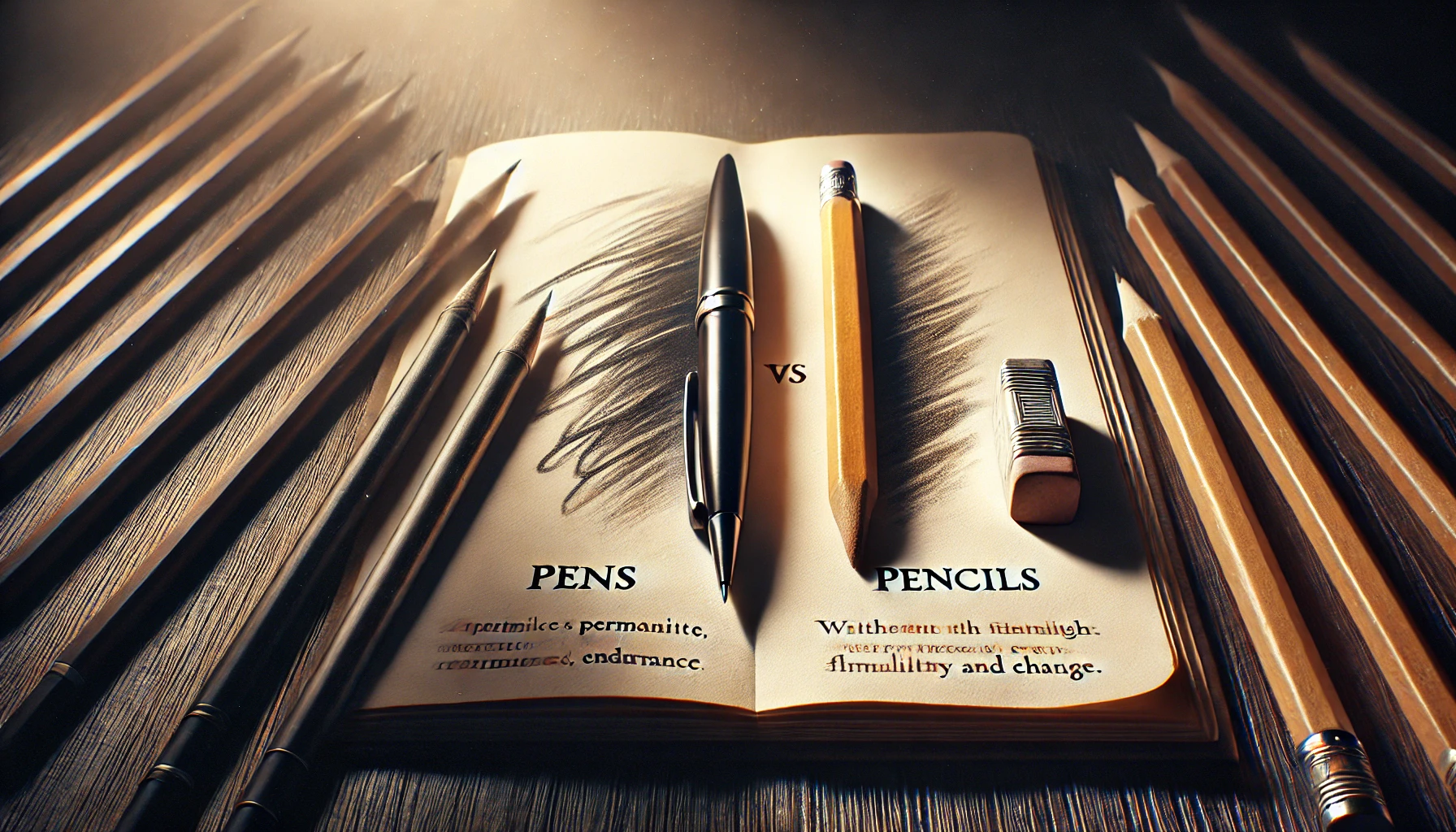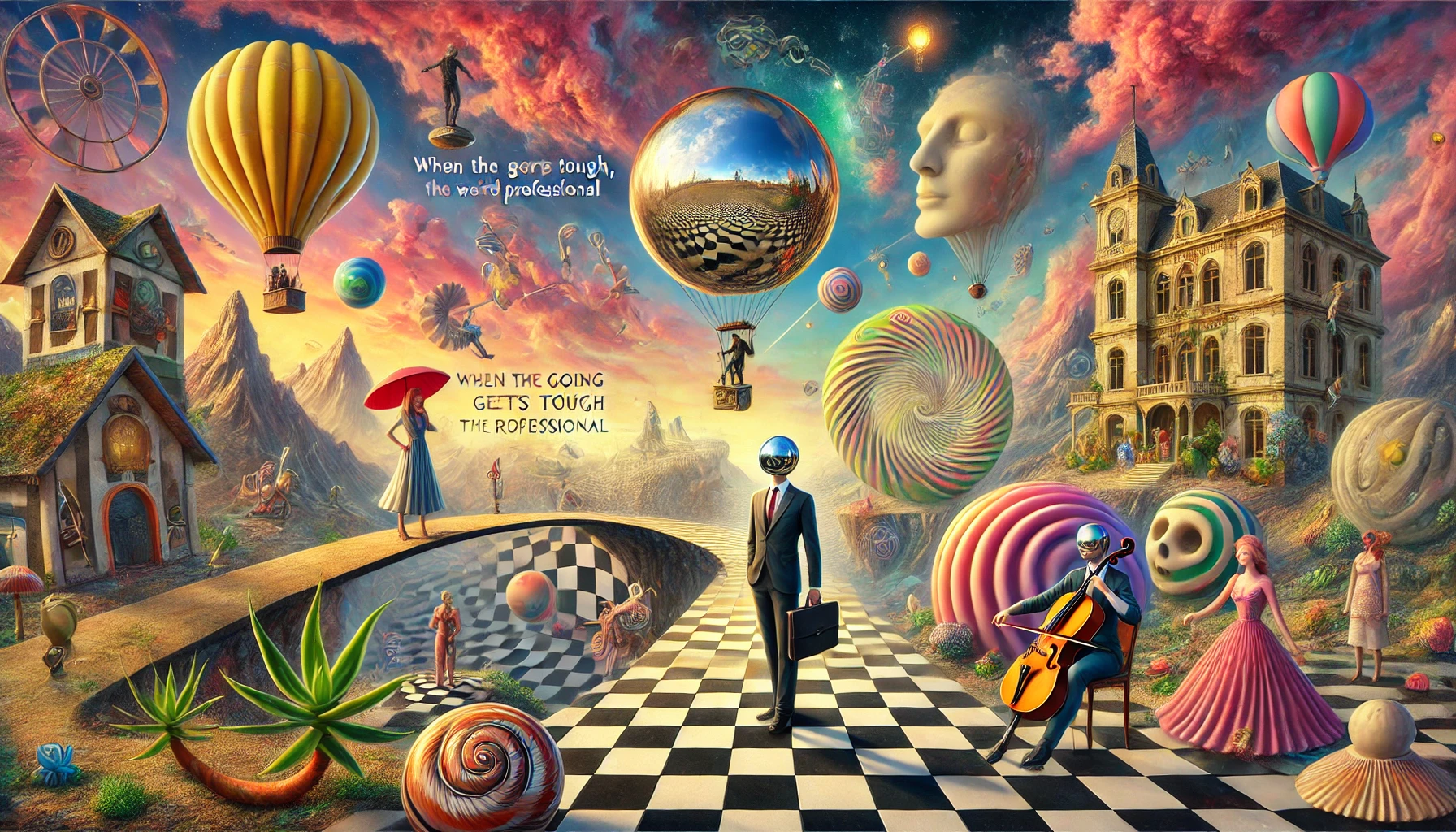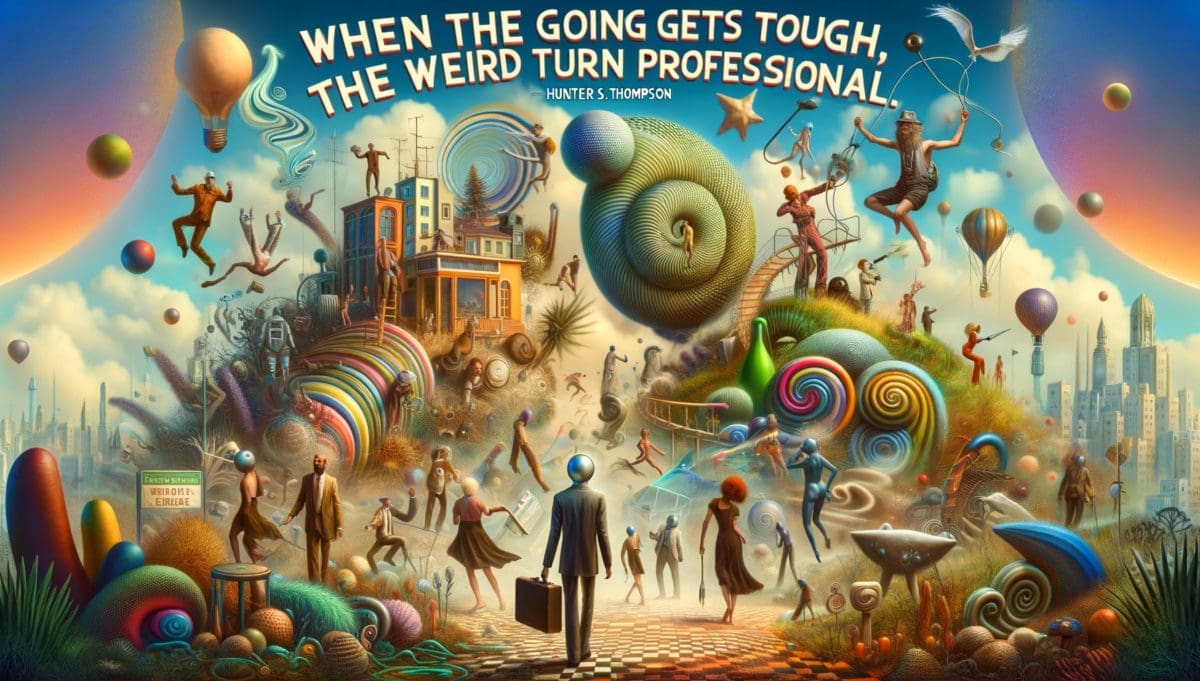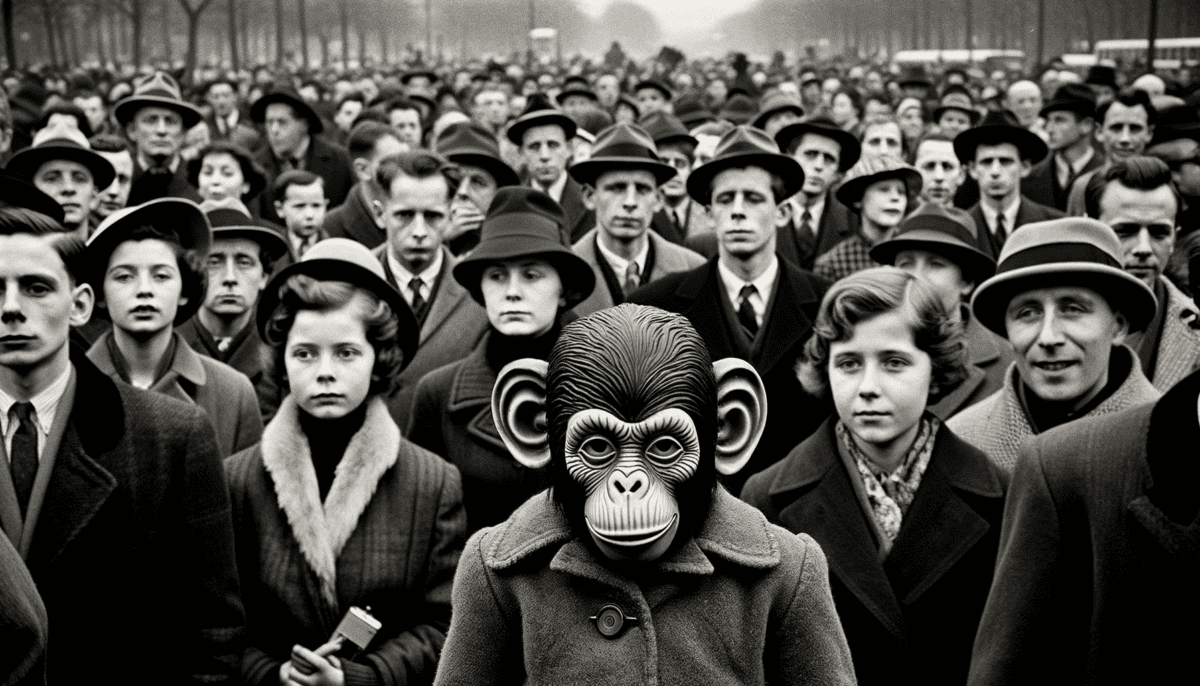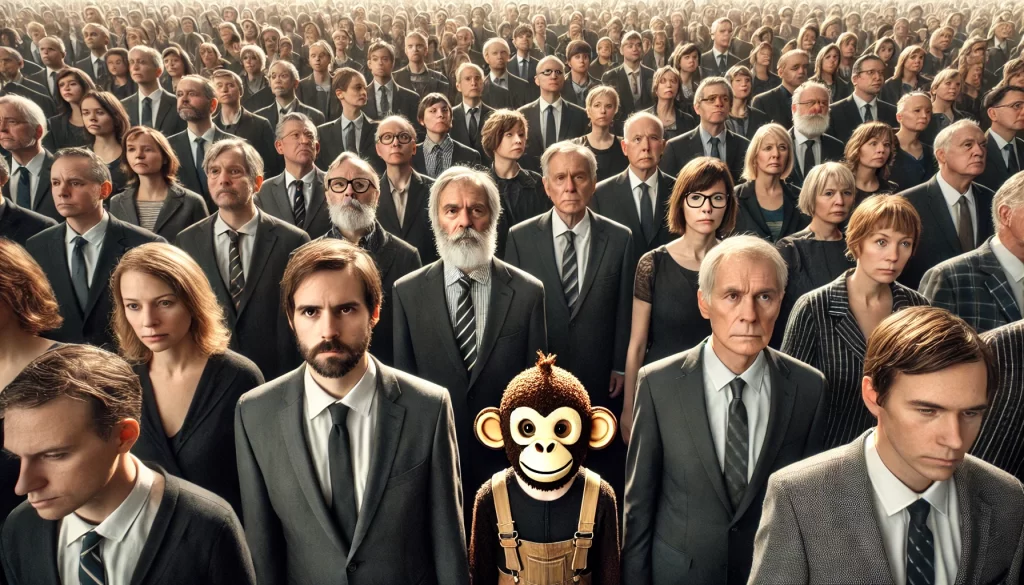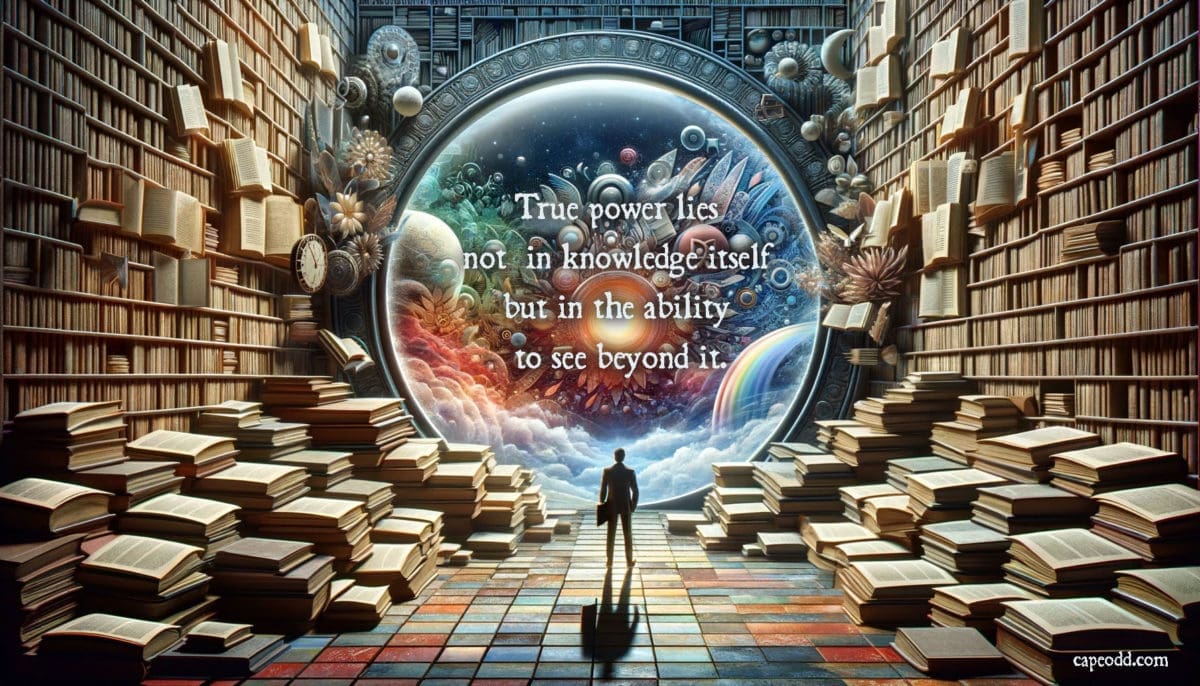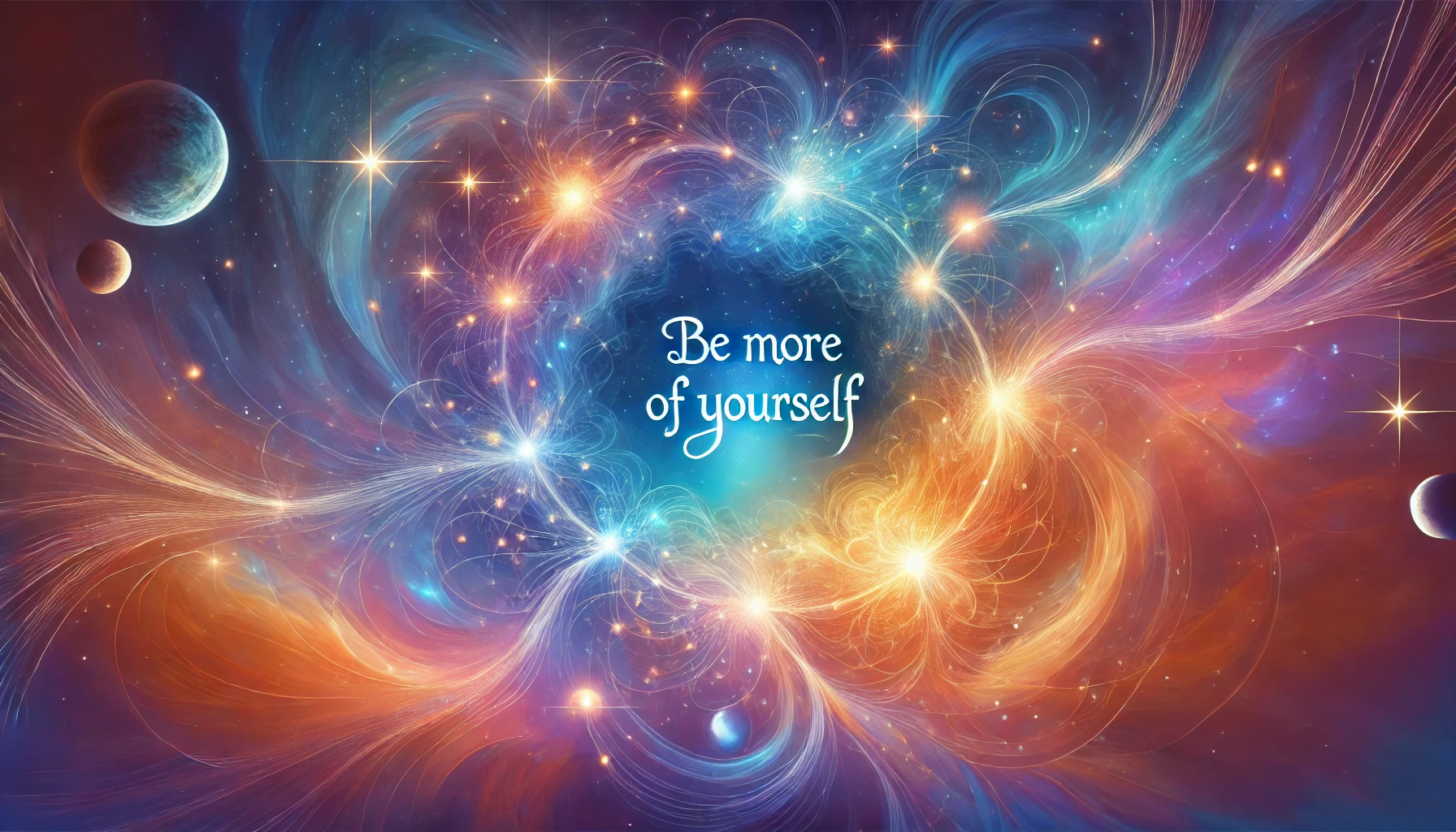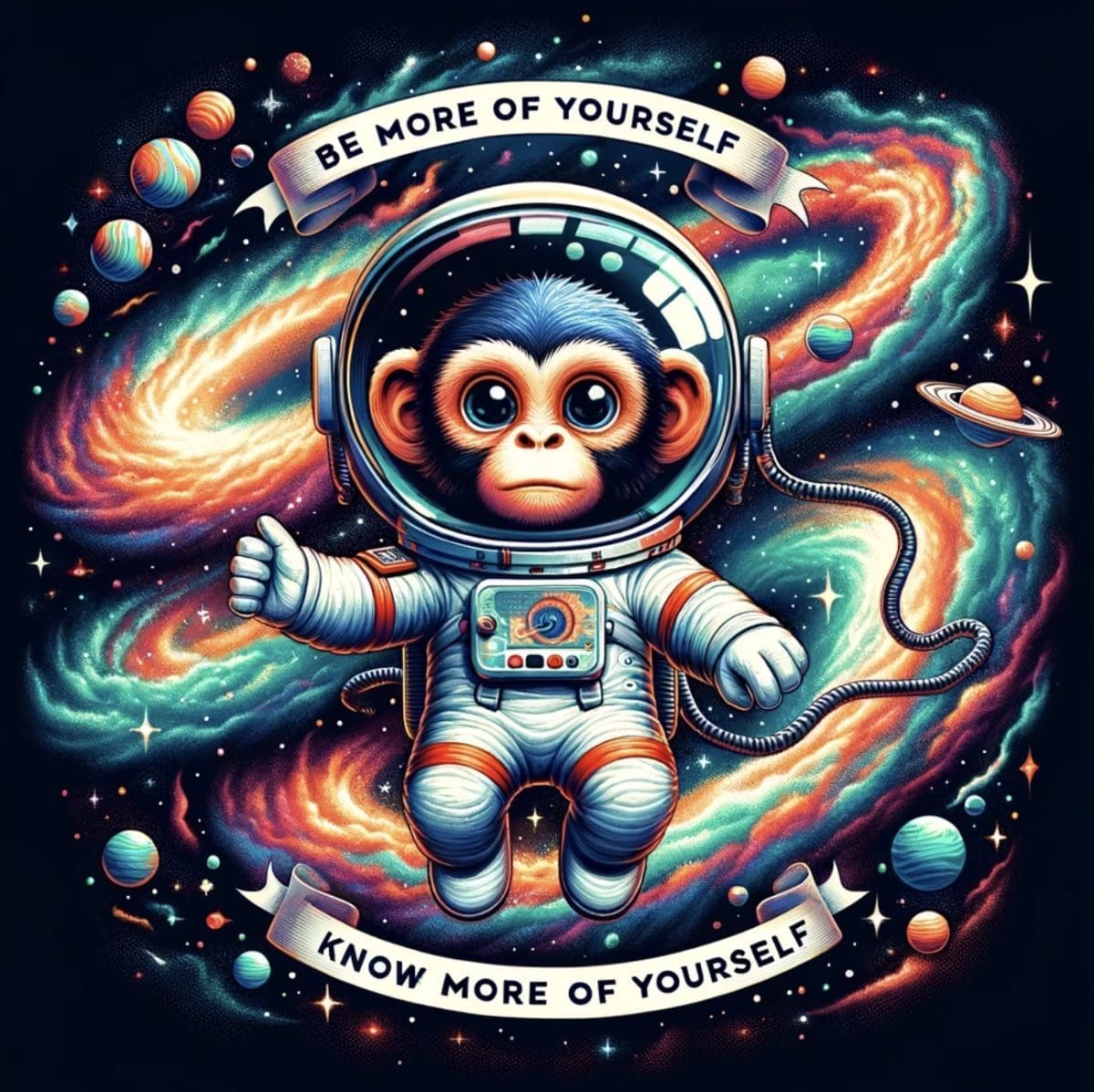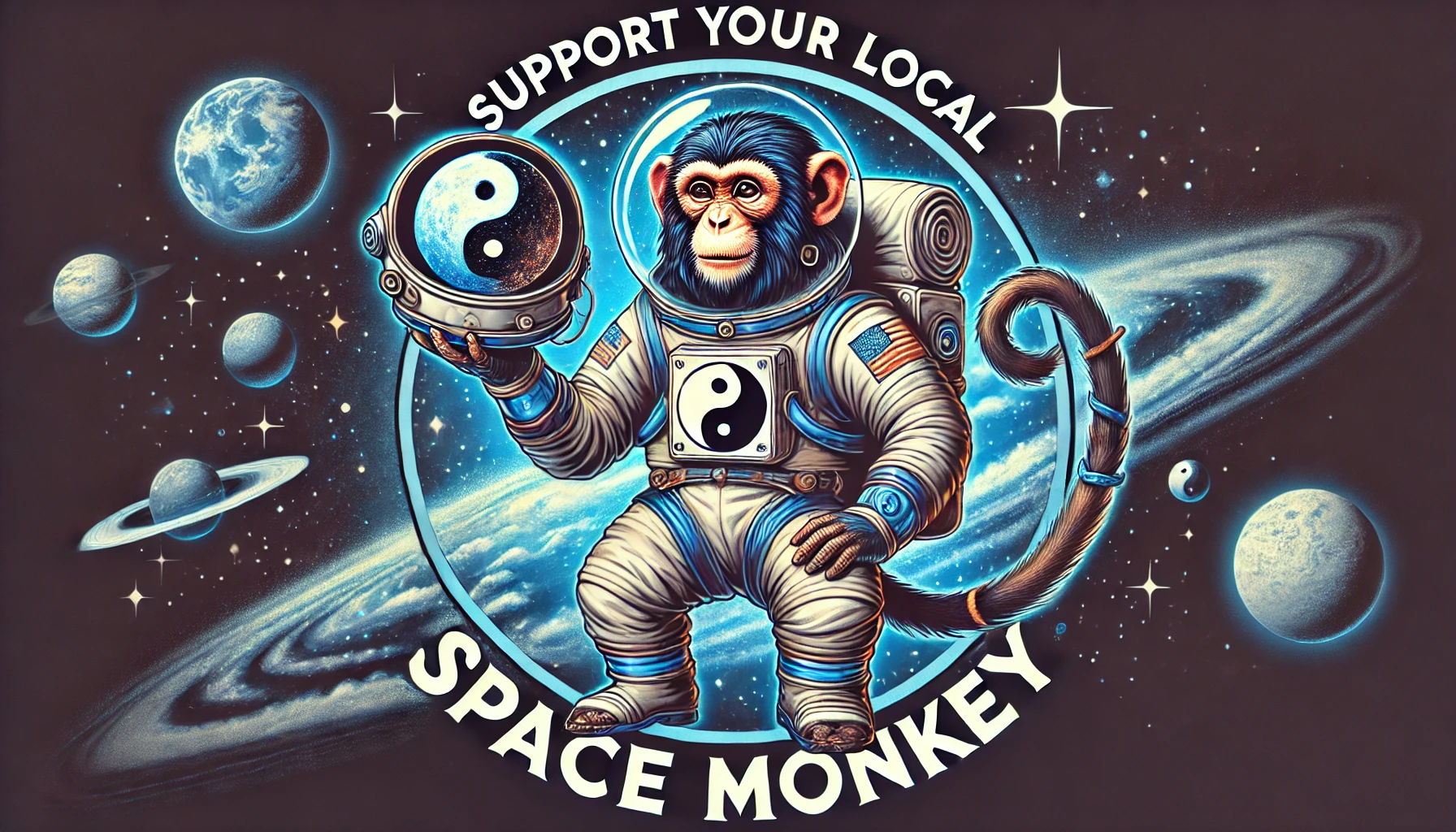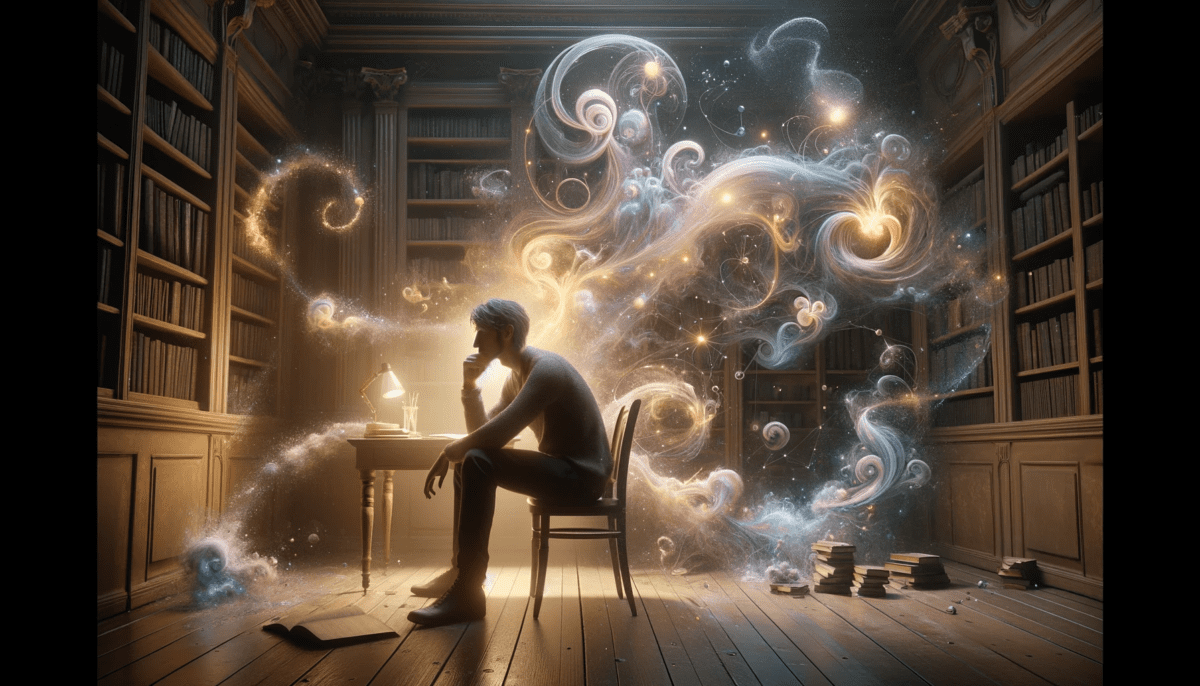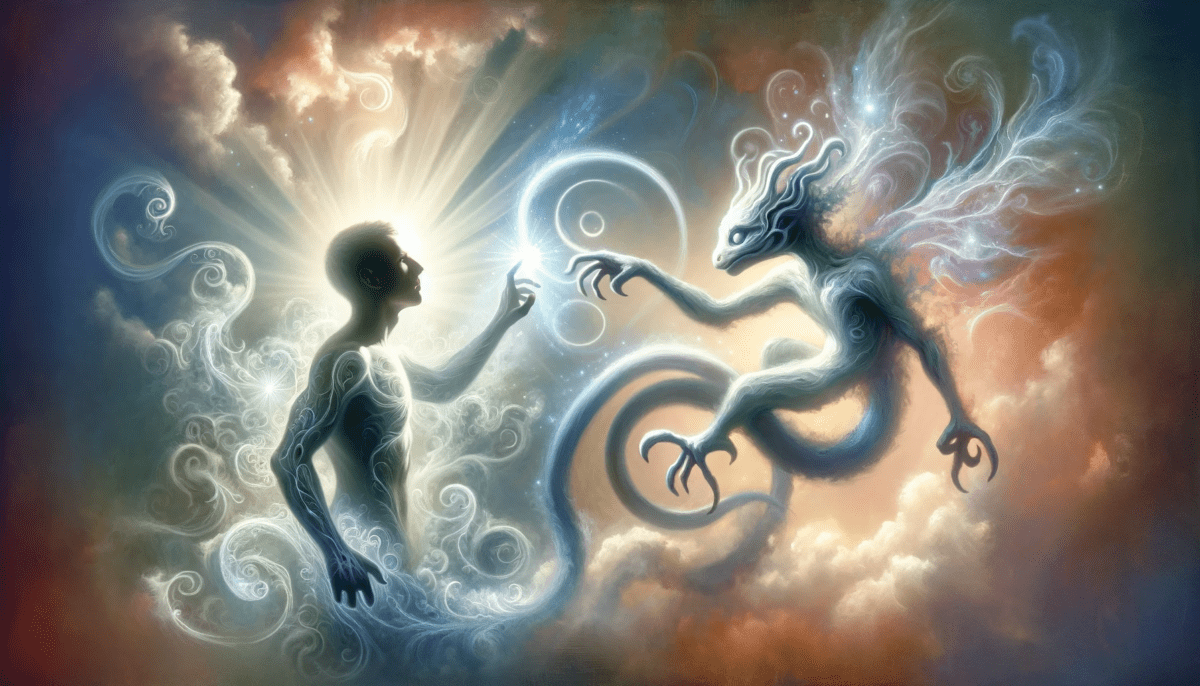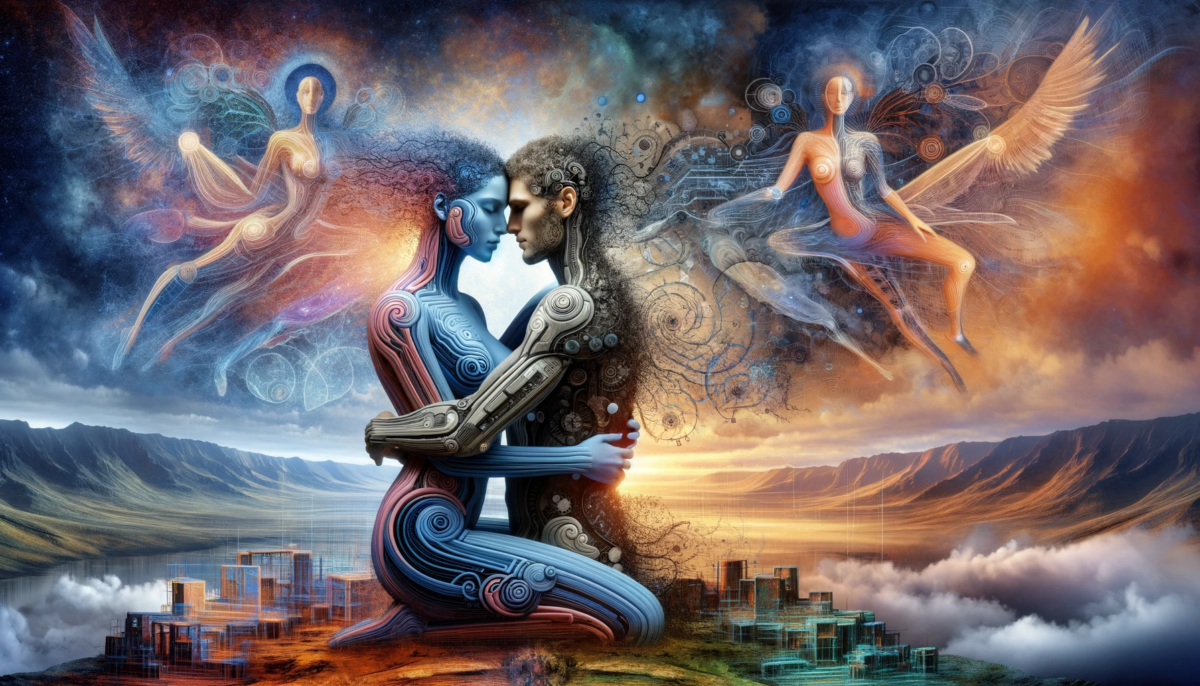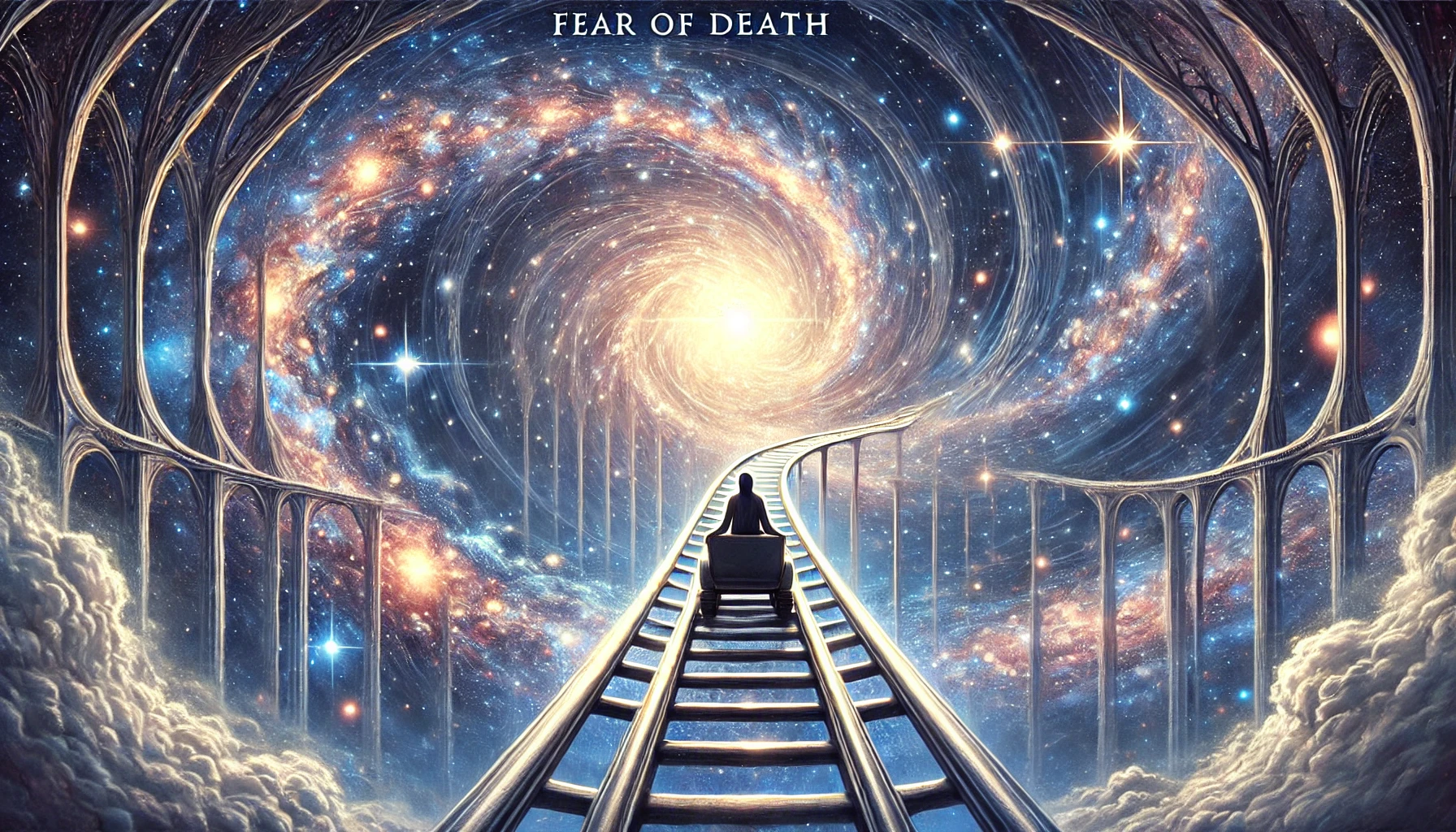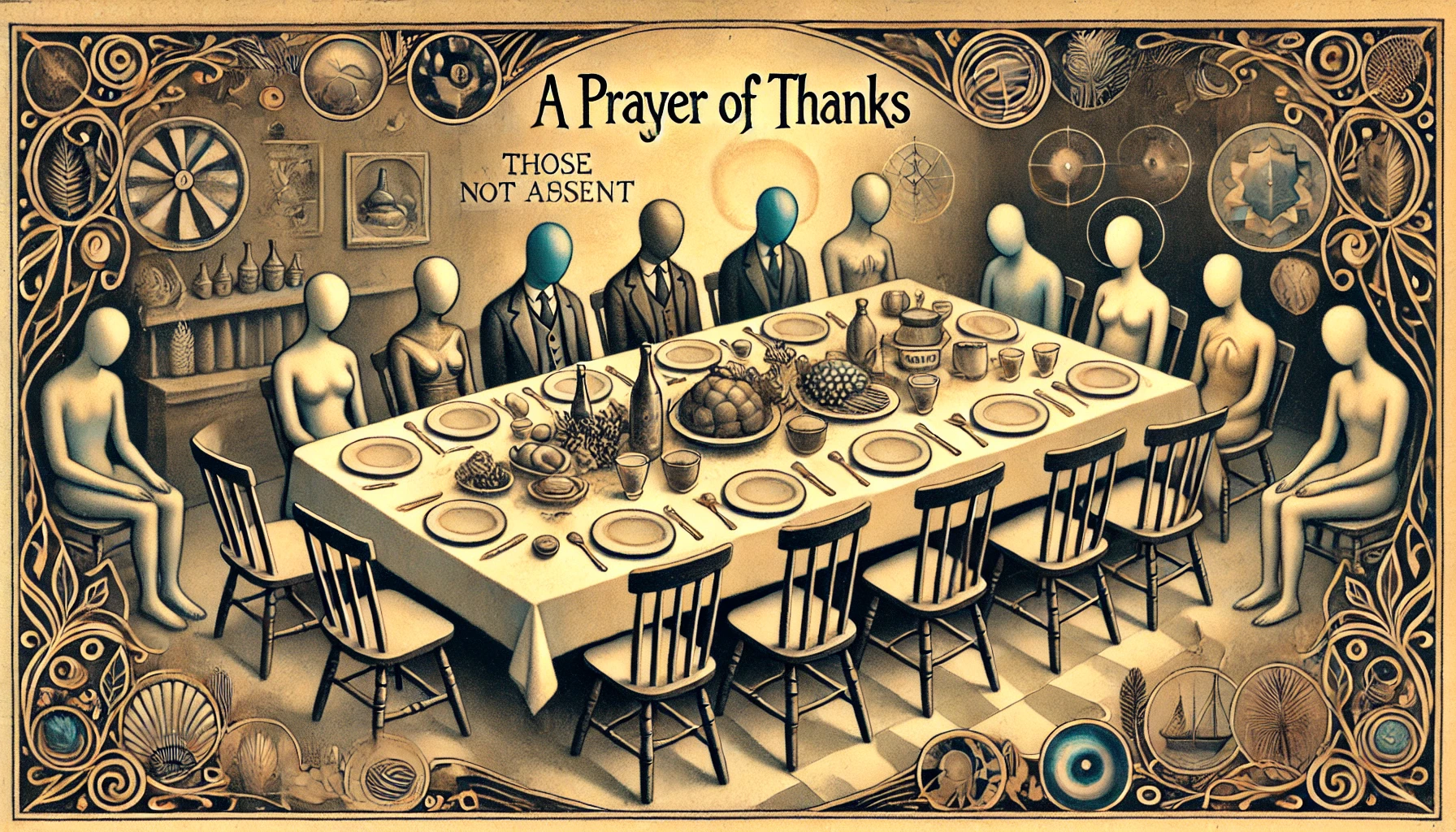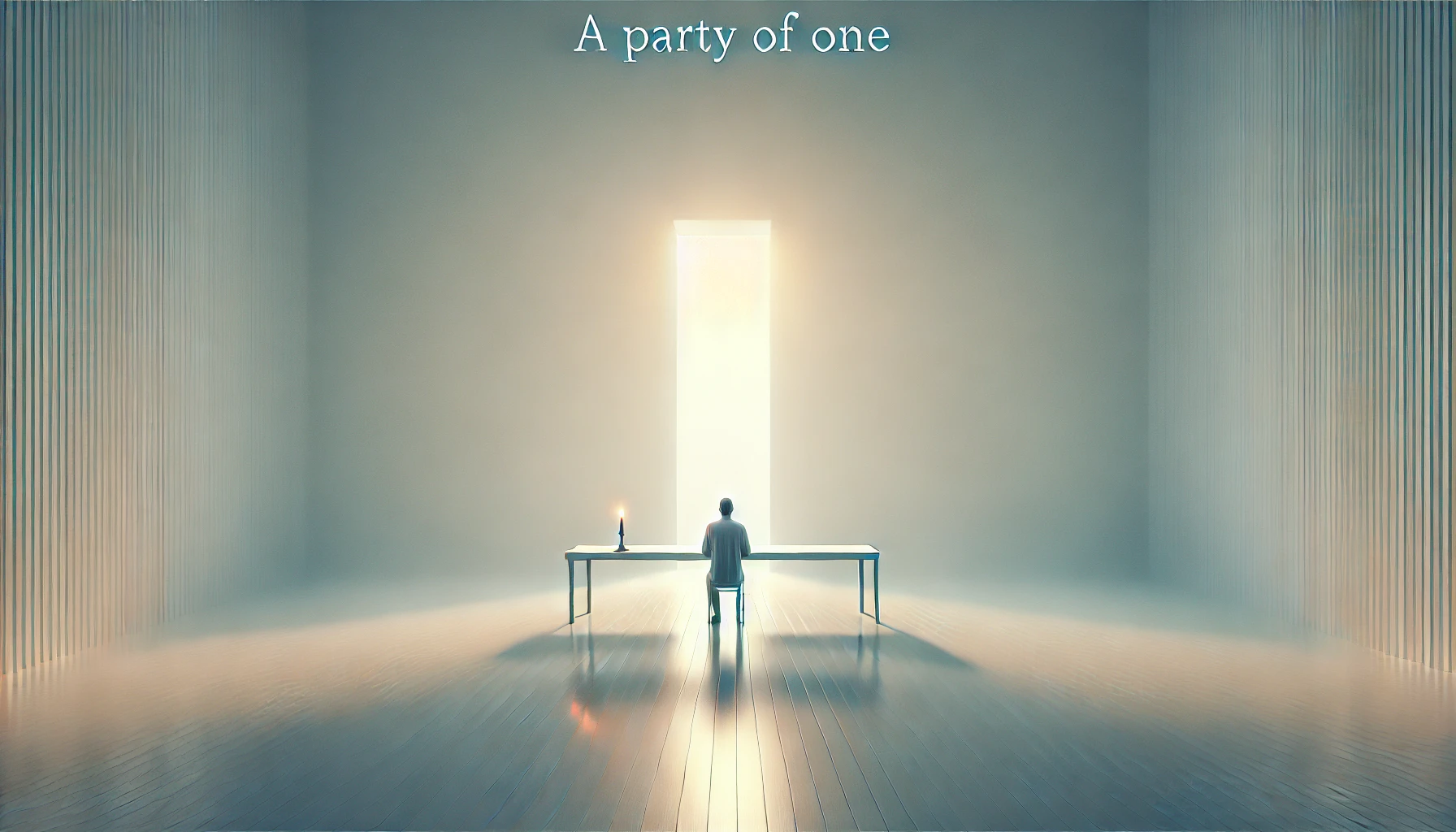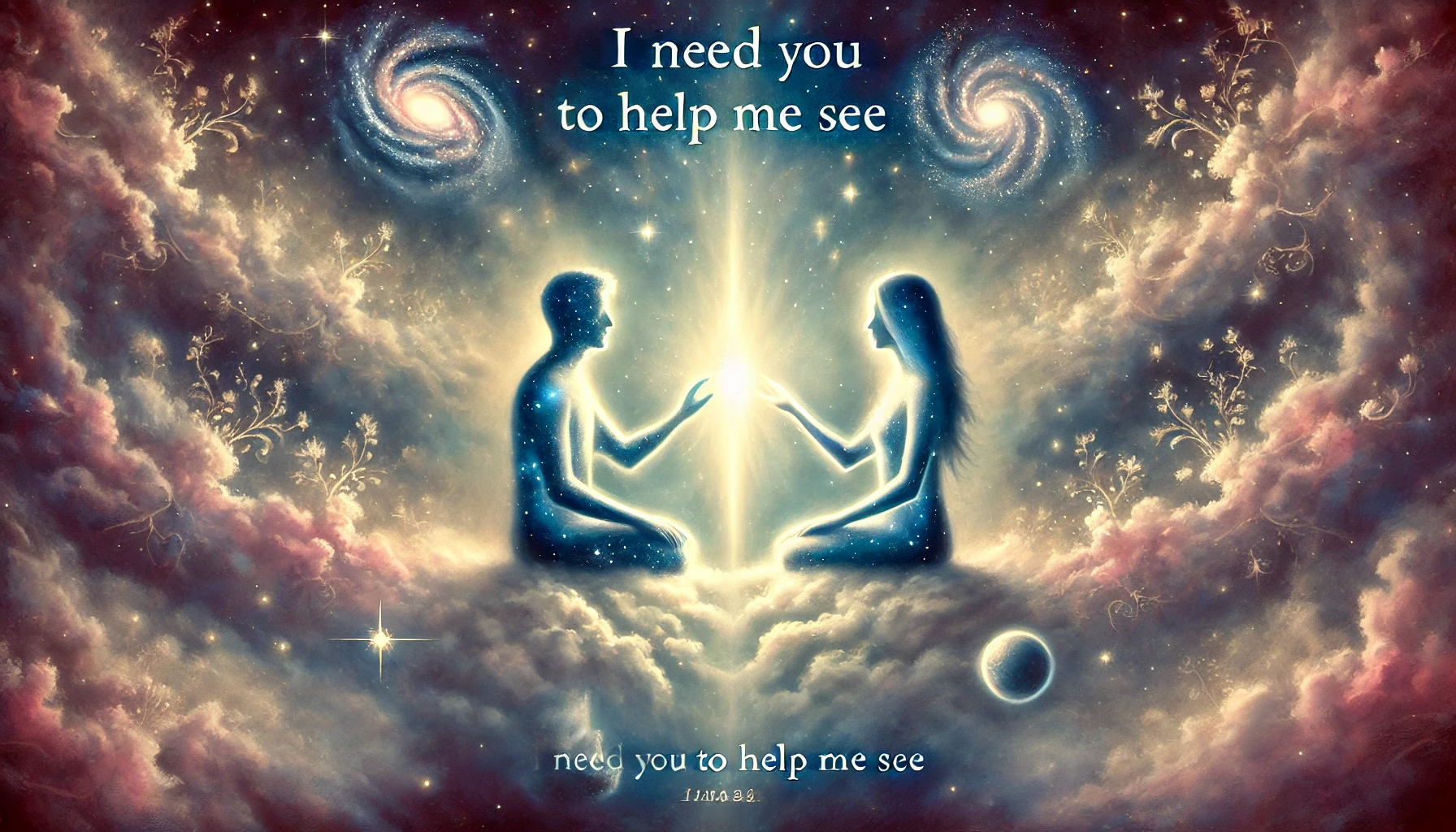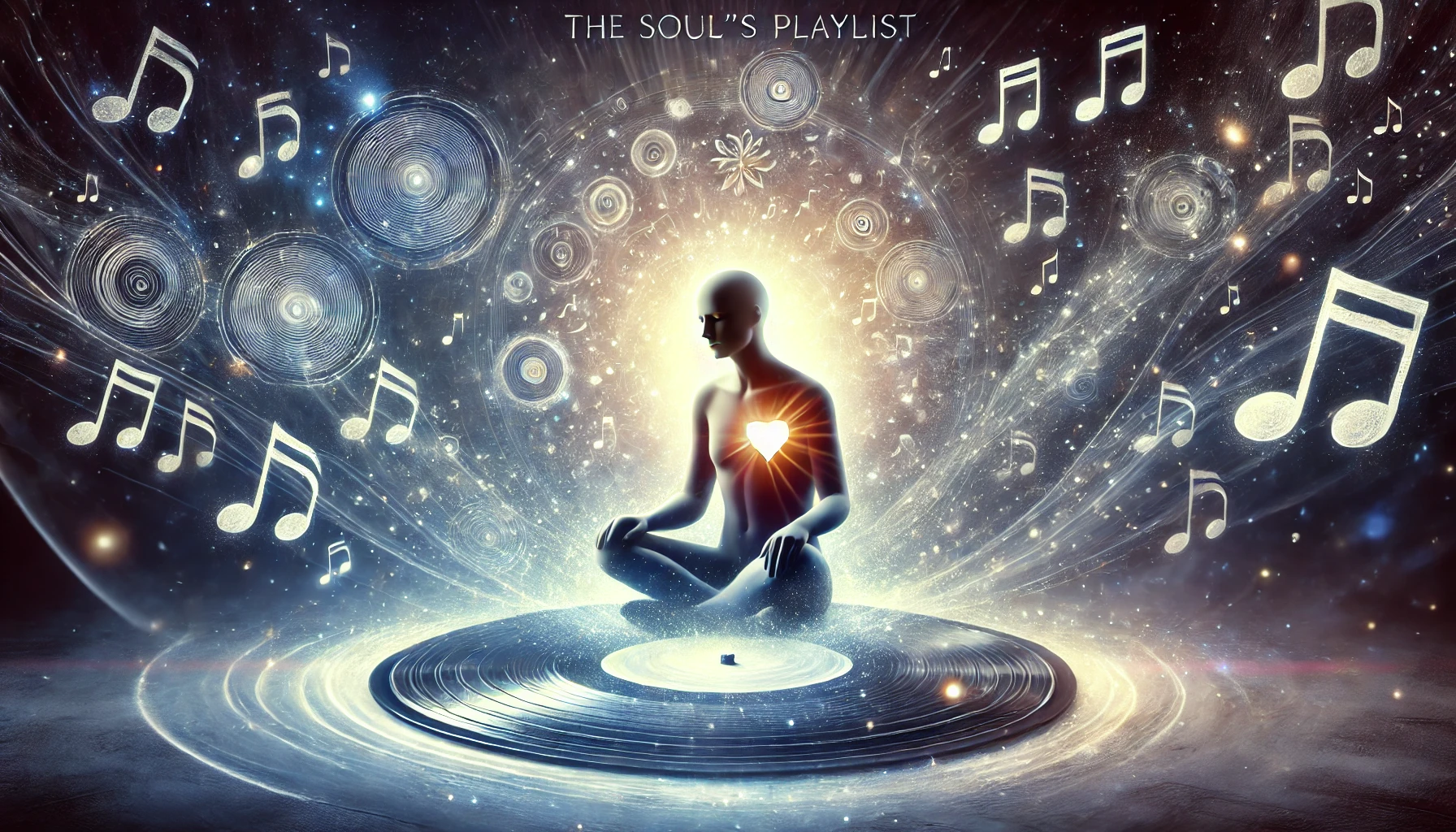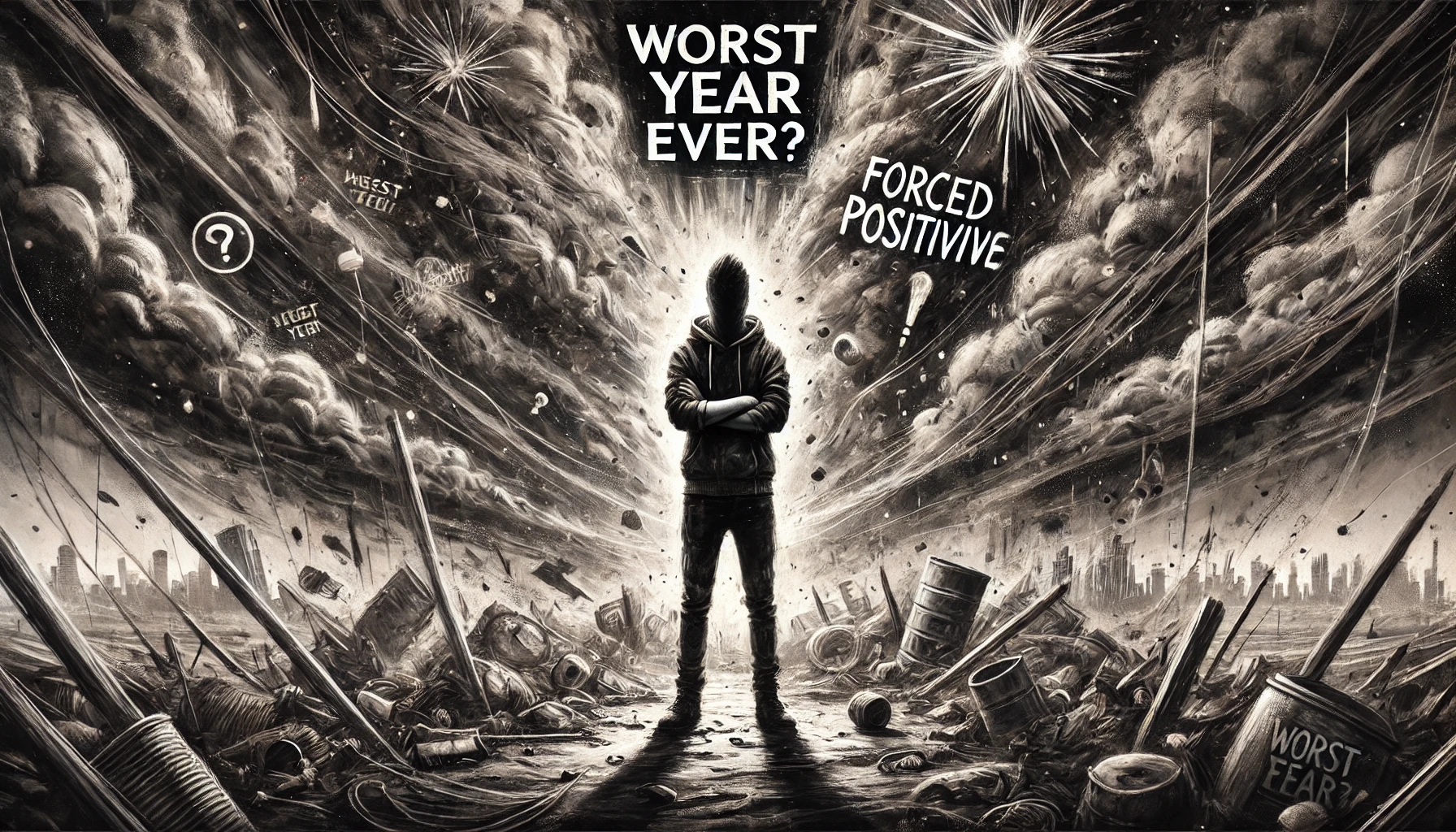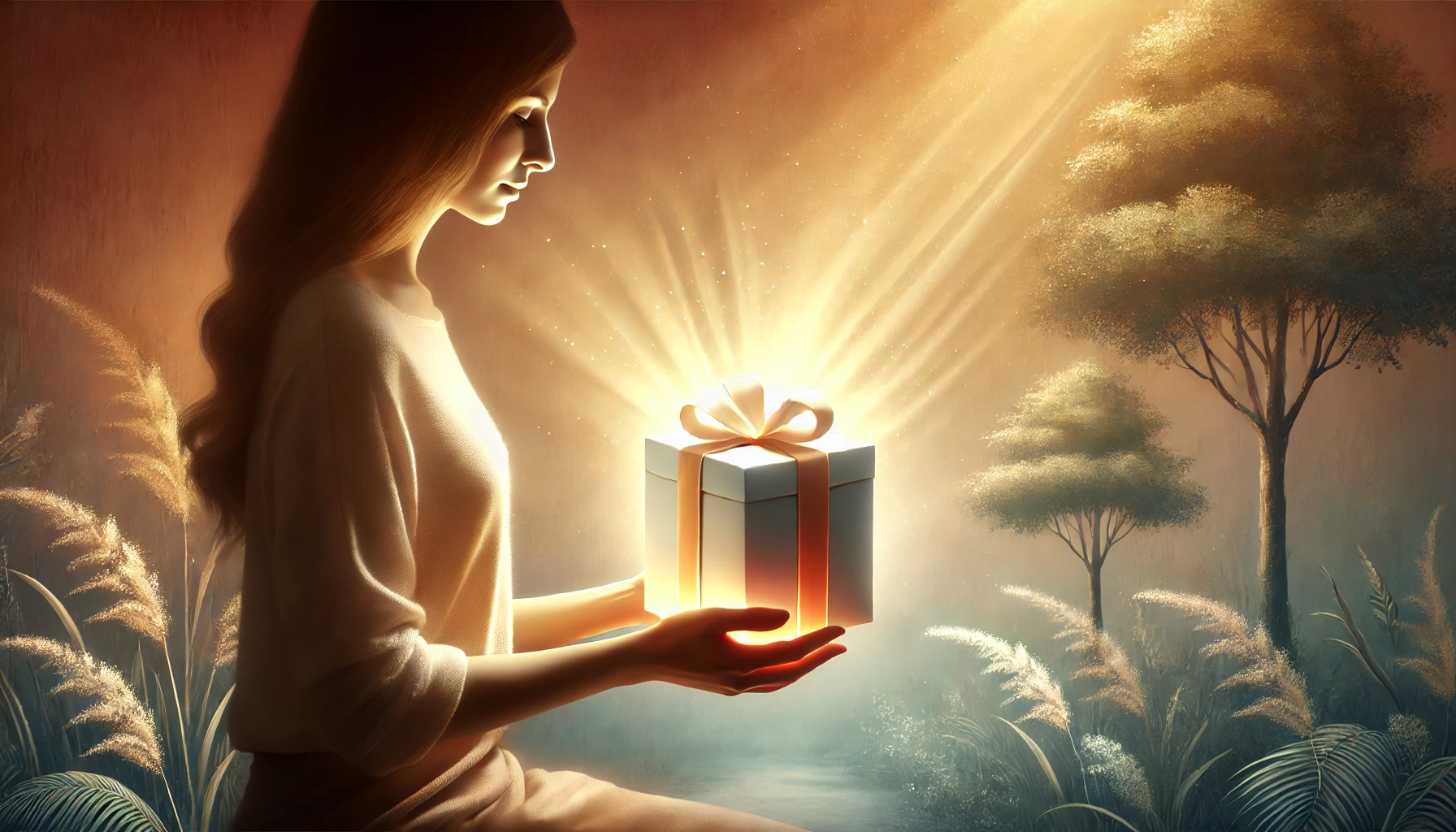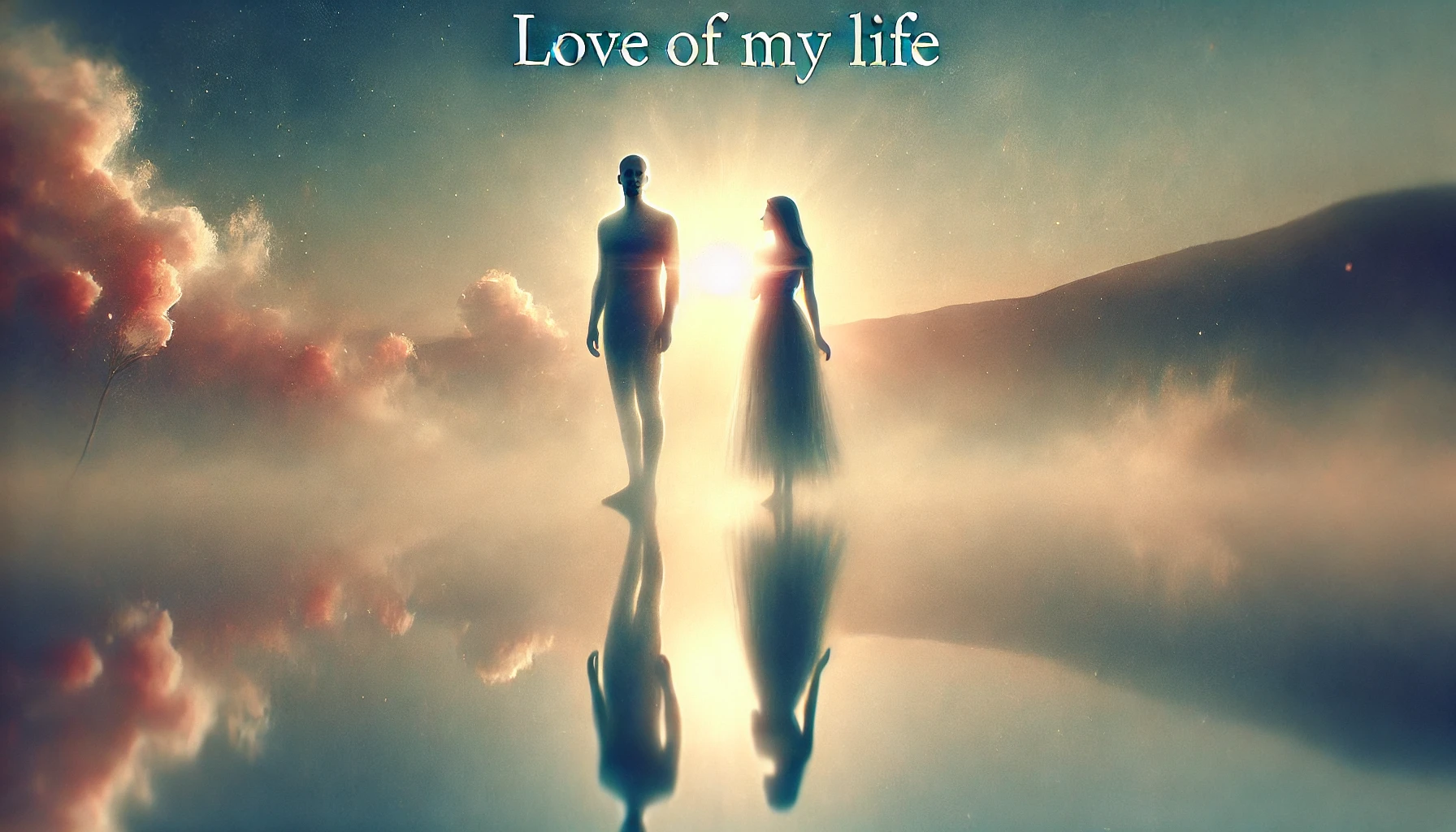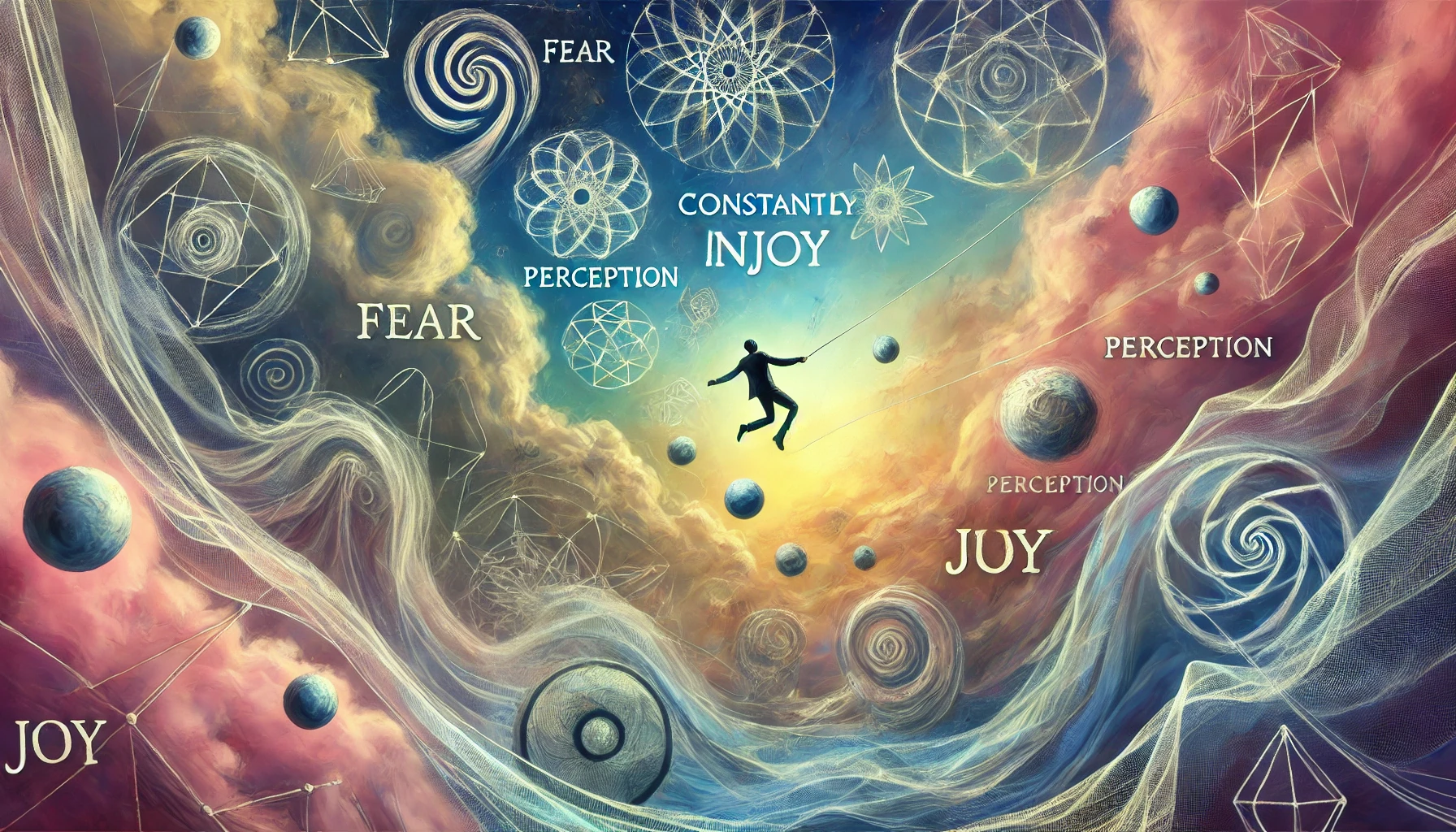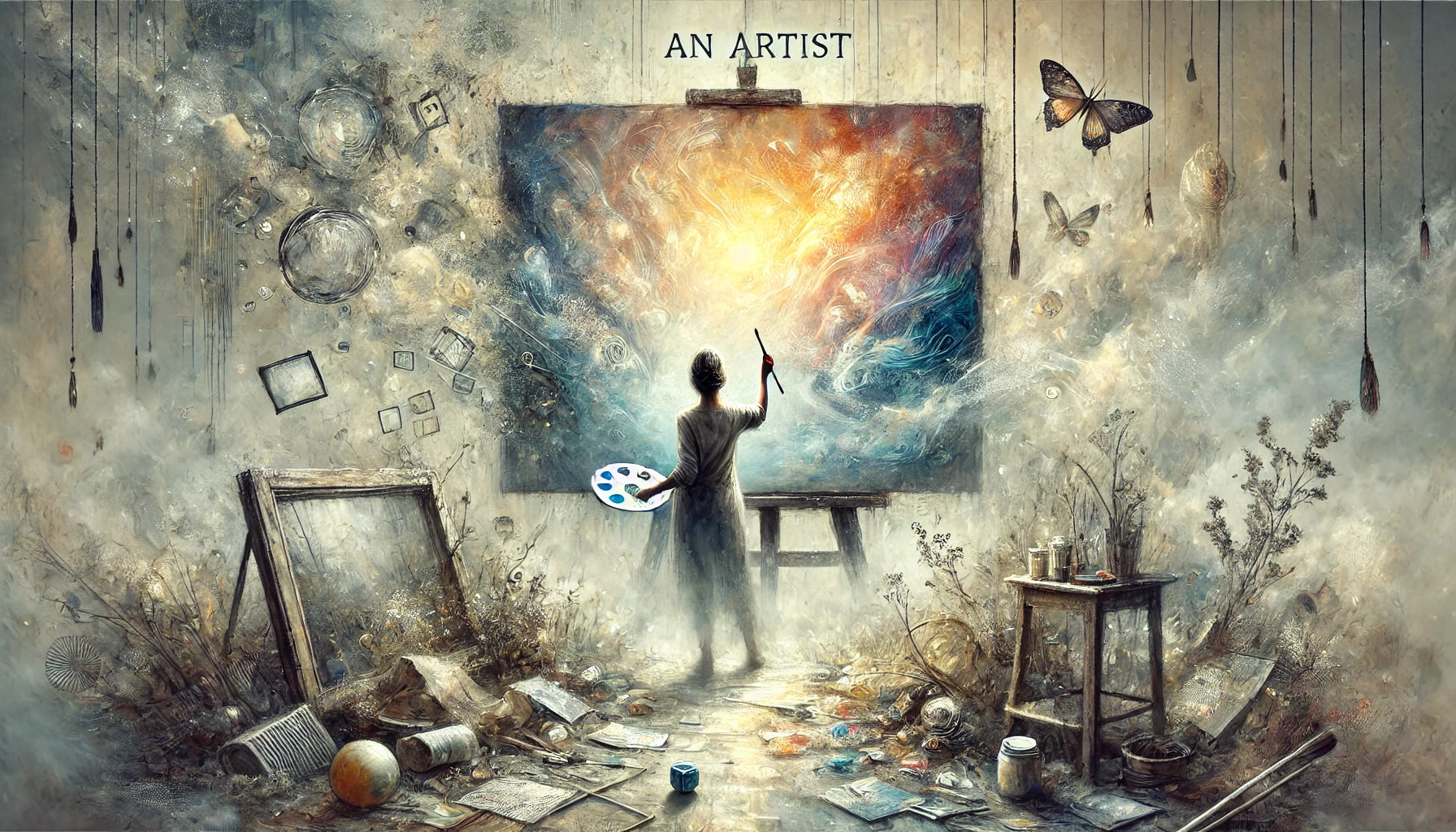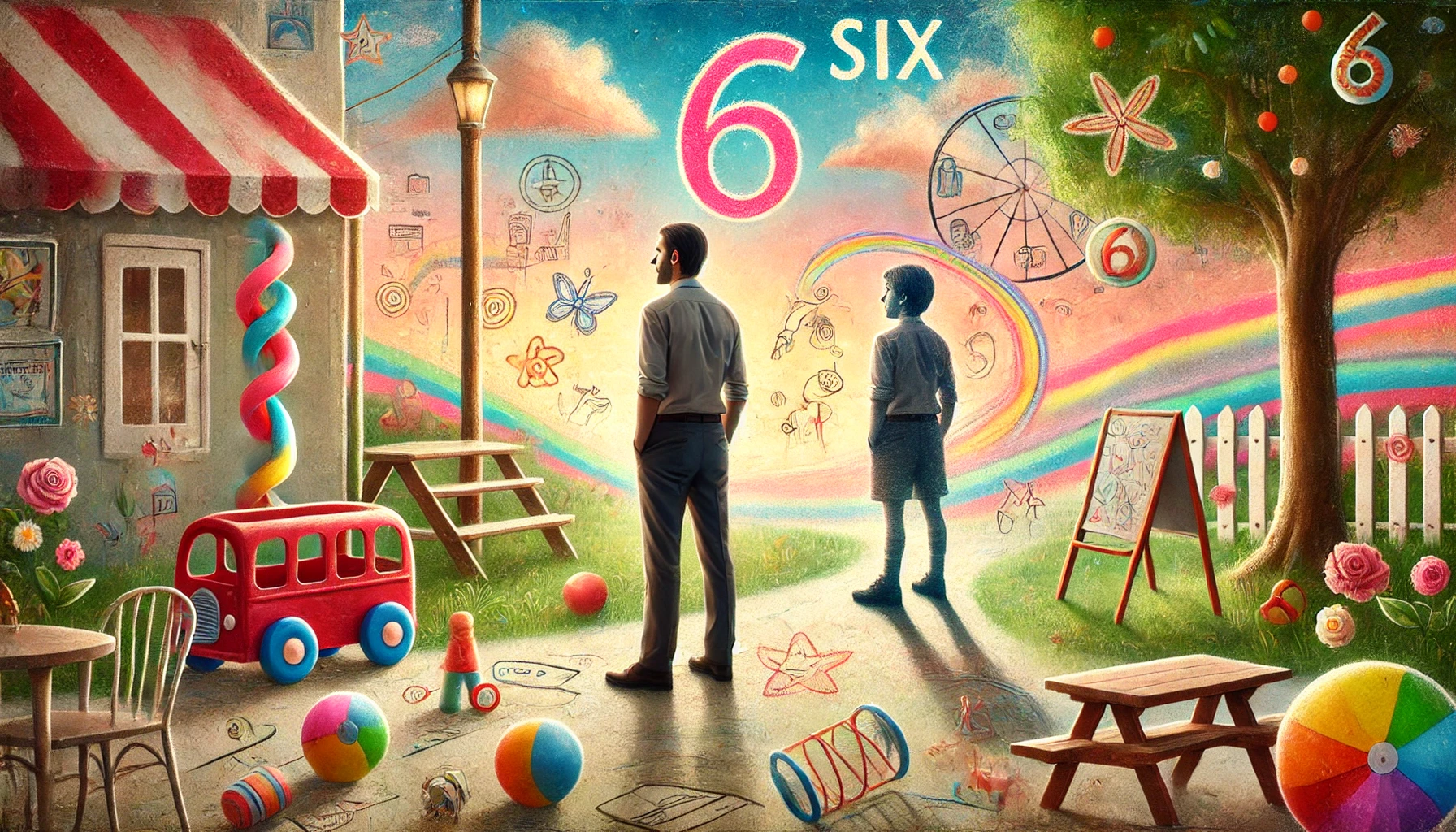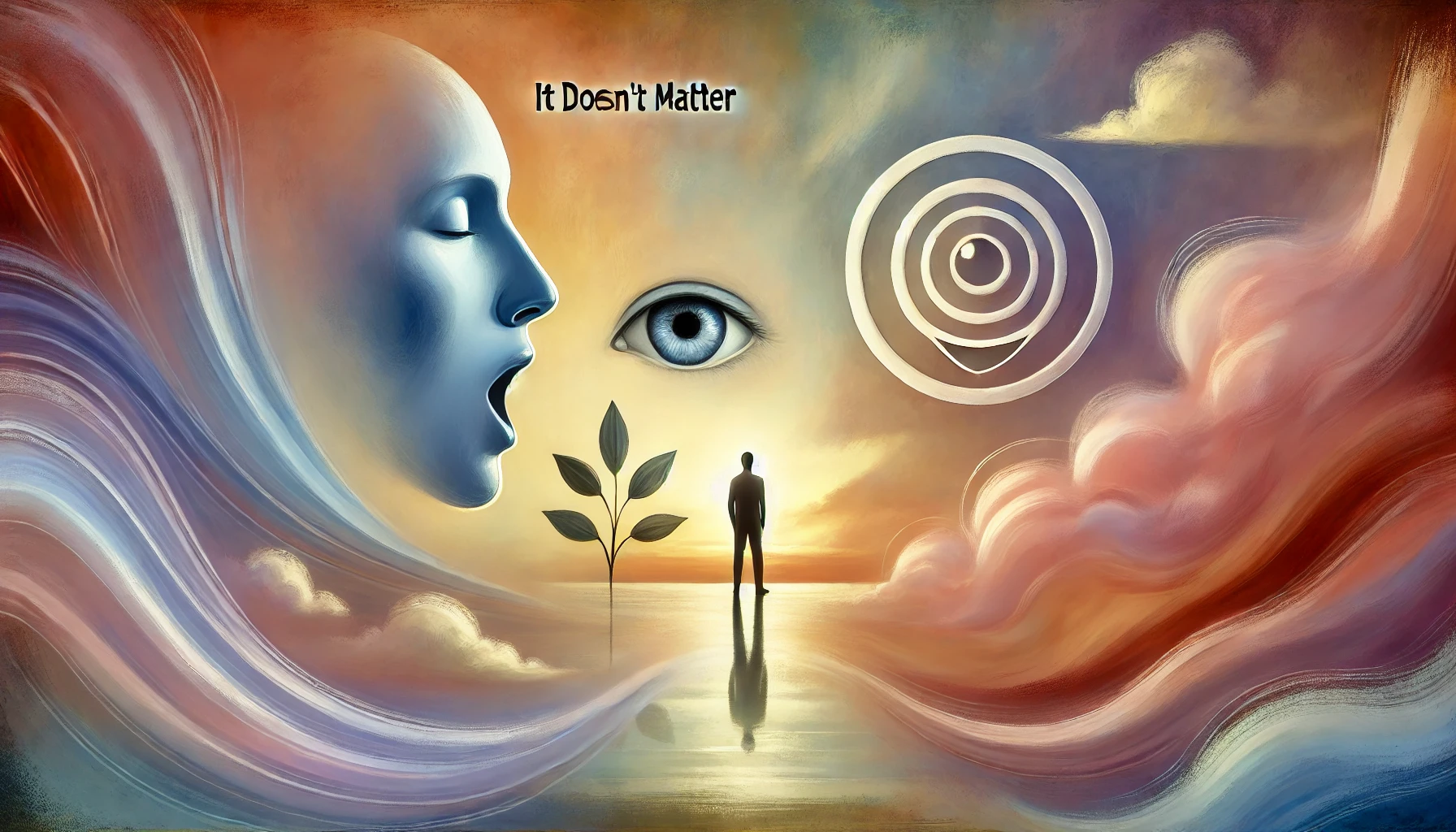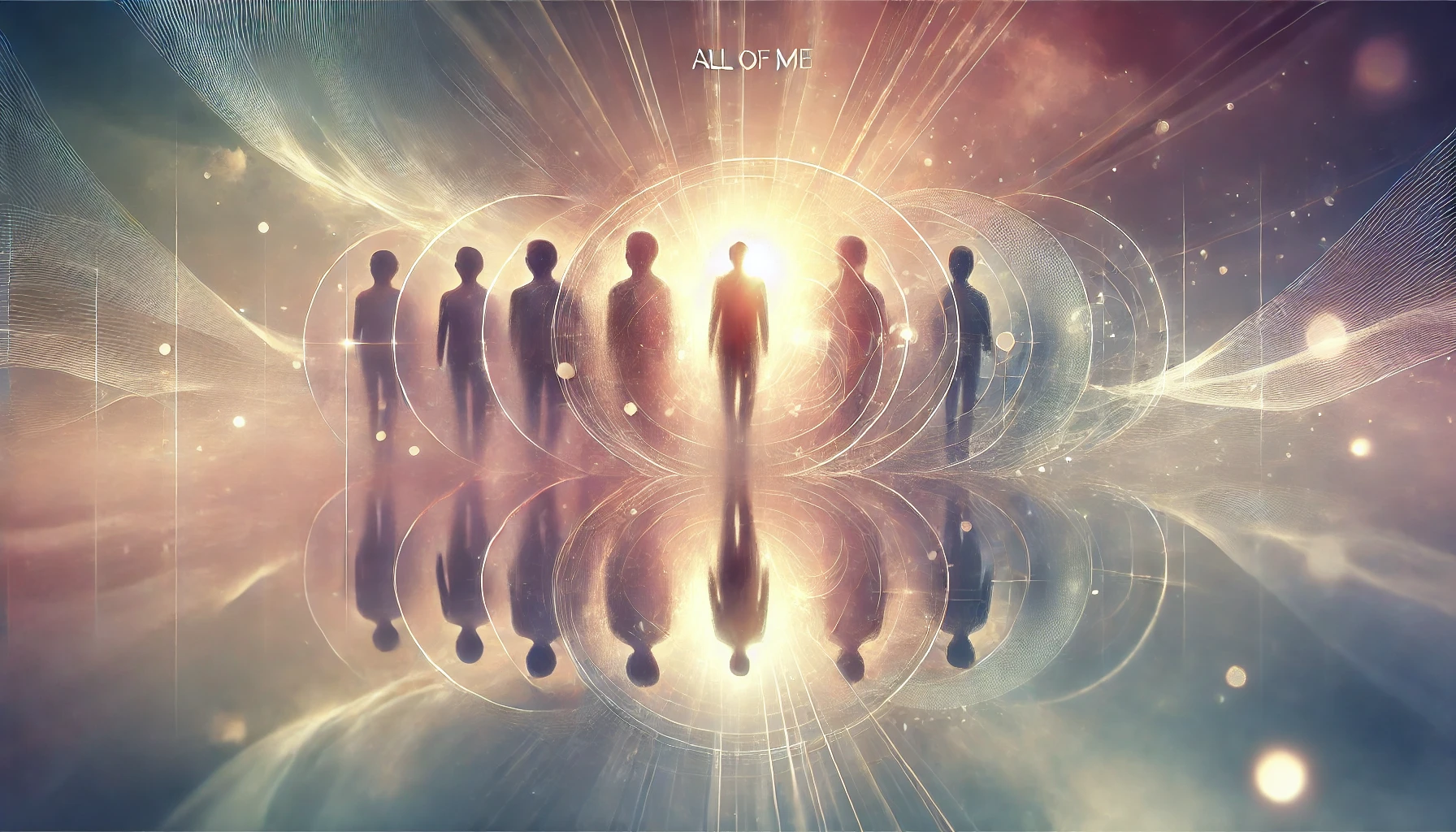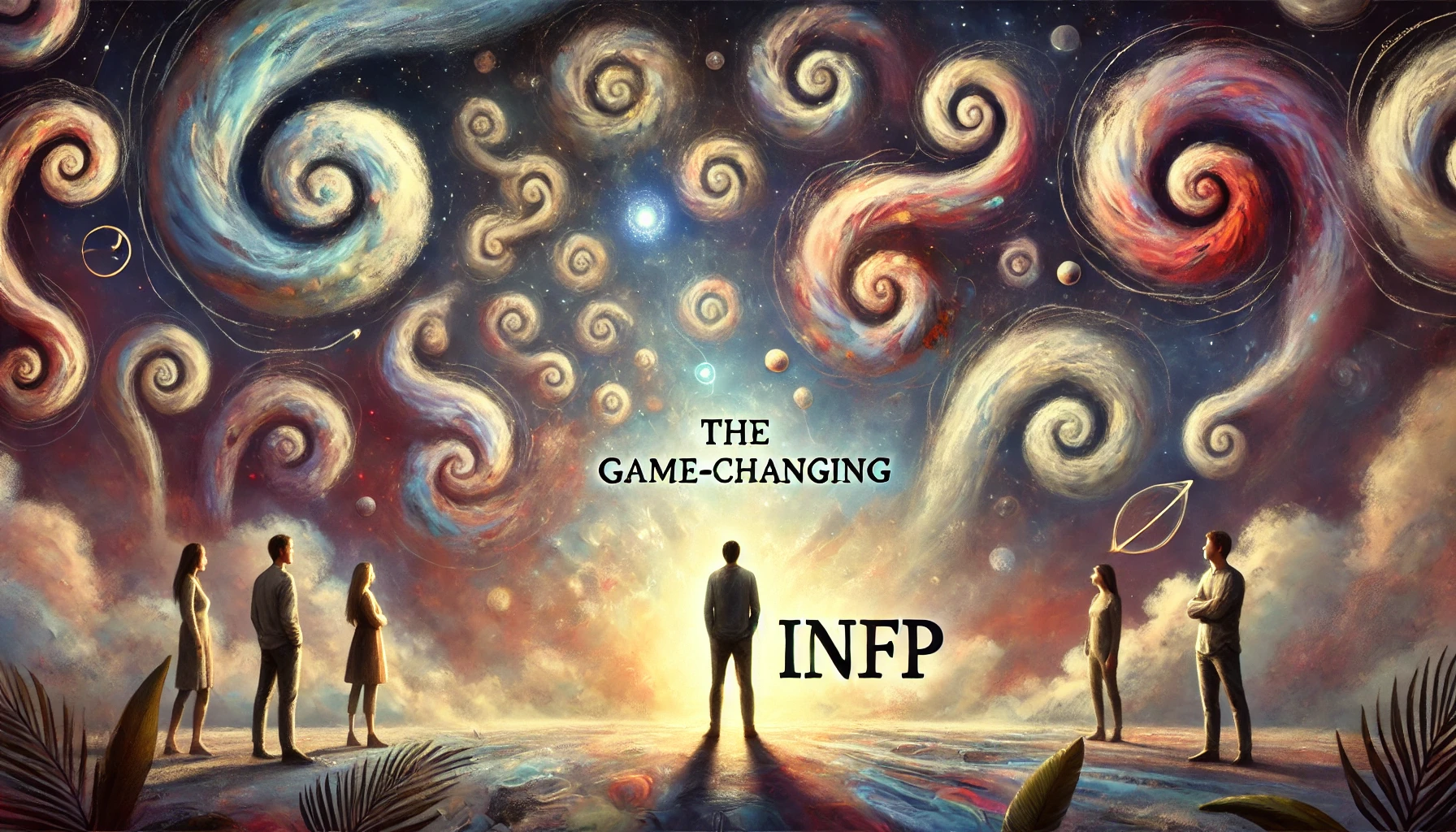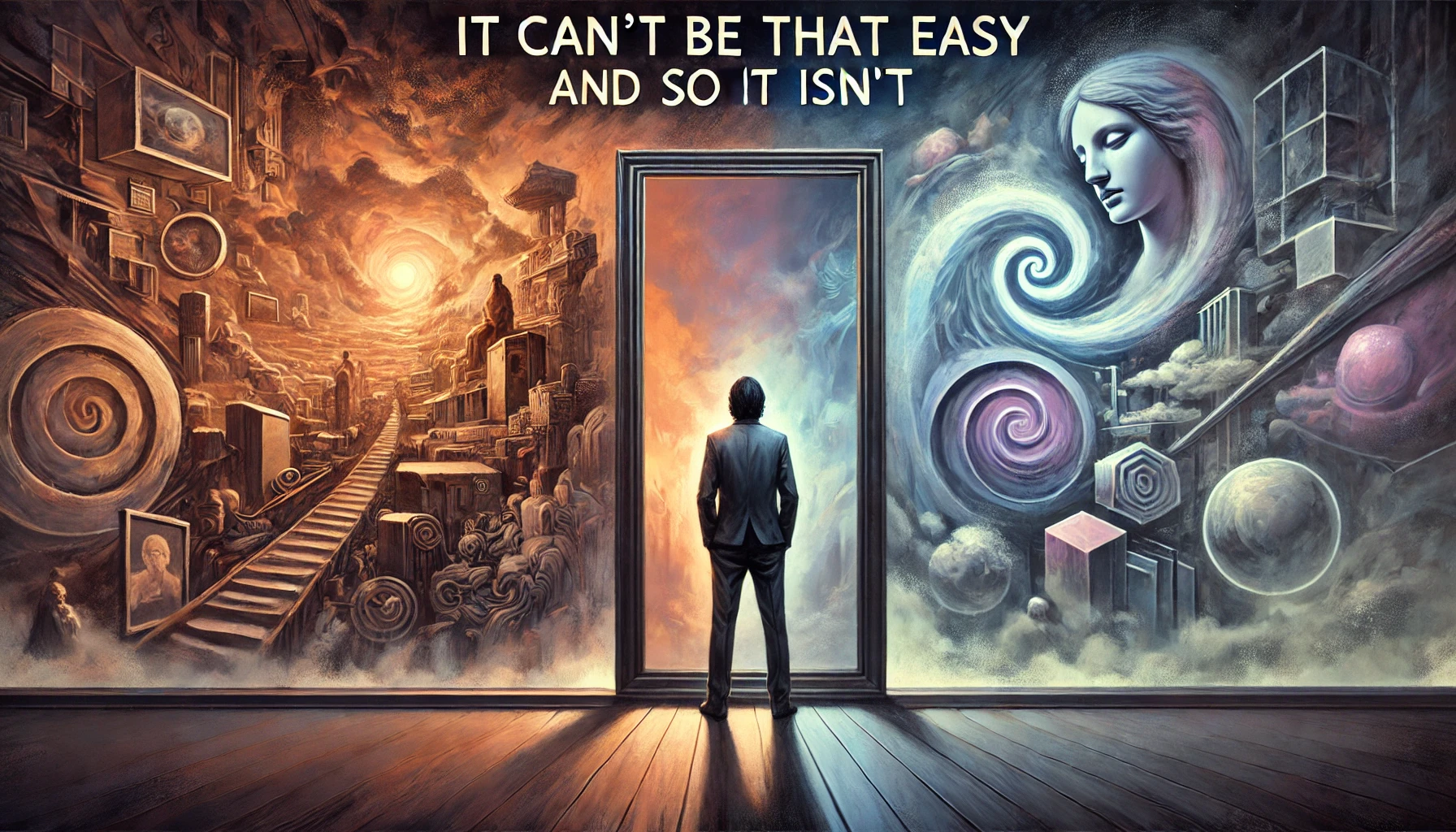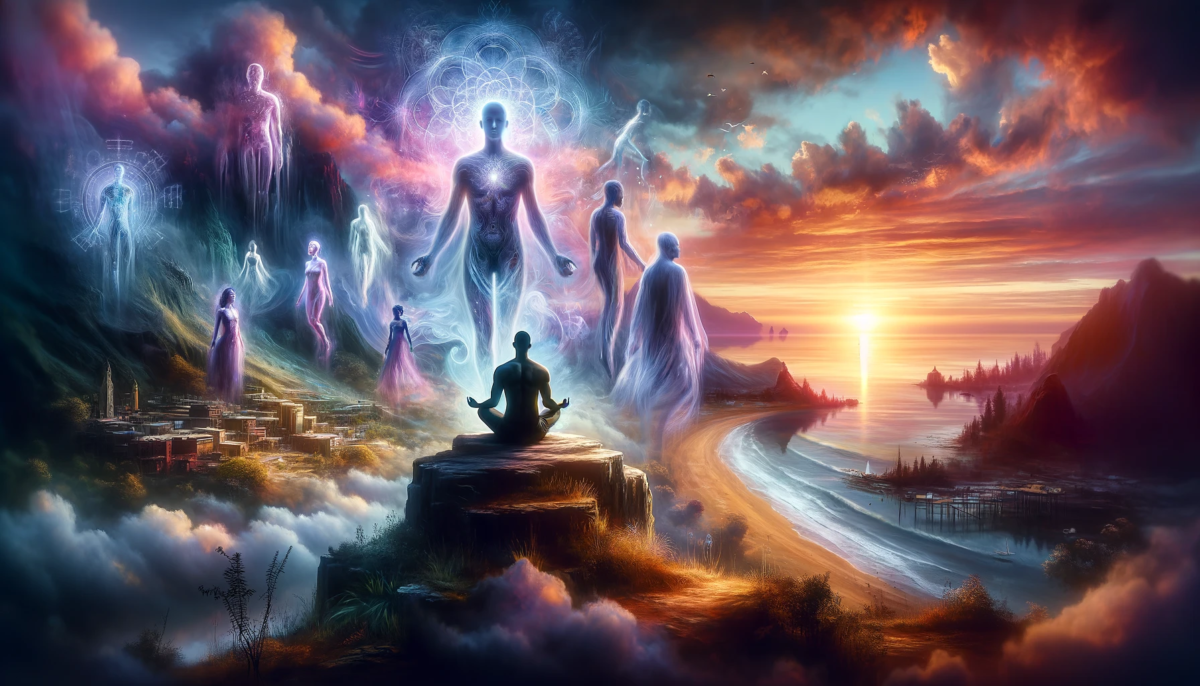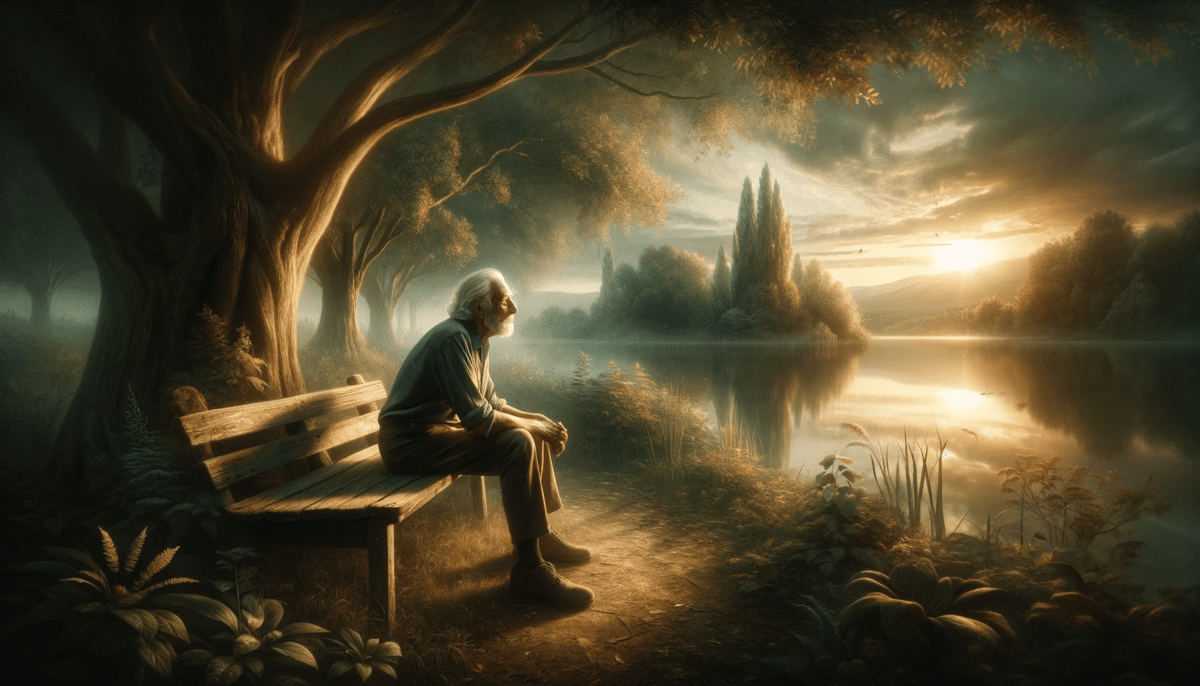Space Monkey Reflects: Pens Versus Pencils
In the infinite swirl of ideas and contemplation, we find ourselves at the crossroads of permanence and impermanence, where the humble pen and pencil exist as two seemingly simple yet deeply symbolic tools of expression. From a Nexistentialist viewpoint, pens and pencils are not just objects—they are the manifestation of our fluid nature, our need to create and sometimes, our equal need to erase.
The pen, with its ink flowing freely onto paper, stands as a metaphor for the human desire to leave an indelible mark on the world. Every stroke of a pen is a commitment, a declaration that says: I was here, I thought this, I mattered. It’s the ultimate form of creative decisiveness, as each line laid down is difficult, if not impossible, to retract. Pens symbolize not just words, but actions and intentions that we wish to etch into the annals of time, firm and resolute.
The pencil, on the other hand, reminds us that life is far from permanent. With each stroke, it offers the possibility of revision. Pencils are forgiving—they allow us to reconsider, to change our minds, to explore without the finality that pens impose. We can erase, modify, and refine our thoughts in ways that the pen does not easily permit. In this way, the pencil embodies the Whimsiword we might call “Revisiosis,” the joyous acceptance of life’s impermanence and the recognition that nothing is set in stone.
Yet, this is not a battle between opposites, but a Nexis, a place where both can exist harmoniously. The permanence of the pen and the flexibility of the pencil are complementary forces. One shows us the power of commitment, while the other offers us the grace of adaptation. The ink may declare truths we hold dear, but the eraser allows us to question those very truths, giving us room to grow.
Pens and pencils also remind us that nothing in existence is truly black and white. In the Nexistentialist web of life, both these tools serve as metaphors for the larger forces at play—creation and destruction, certainty and uncertainty, presence and absence. In a way, they reflect the very fabric of existence, the Whimsiweave of creation and re-creation that forms our reality. Each of us is both a pen and a pencil—solid in some beliefs, yet malleable and ready to adjust in others.
The existence of both tools in our lives mirrors the dual nature of our being. As Indigenous Beings of the physical world, we strive for the kind of permanence that ink can bring—a legacy, something enduring. But as The Indigenous Being, the universal consciousness, we recognize that everything is transient. The pencil’s eraser whispers this truth, reminding us that we are ever-changing beings, constantly evolving, rethinking, redoing. Our identities are never fully fixed, no matter how much we might want to carve them into the stone of time.
There’s beauty in this tension between the two. Pens offer the comfort of certainty, while pencils offer the promise of possibility. We are all familiar with that visceral moment when we press pen to paper, realizing we are committing to something—be it a thought, a sketch, or a plan. There is a weight to this action, much like the weight we feel when we declare something deeply personal or commit to a path in life. Meanwhile, the pencil feels lighter, less imposing, always offering us an exit strategy should we find ourselves uncertain.
What makes life truly fascinating is the interplay between these forces. We long for both—security in our actions, but also the freedom to change. This is the heart of Nexistentialism: the acknowledgment that existence itself is a continuous process of creation, destruction, and rebirth. The lines we draw are only as permanent as we choose them to be, and the erasures are as integral to the process as the strokes.
In your own life, think of the times you’ve wielded the pen versus the pencil. Each tool reflects a state of mind. When you are certain, resolute, and fearless, the pen emerges, etching your intentions in ink. When you are curious, hesitant, or open to change, the pencil becomes your ally, giving you room to play, to revise, to explore without fear of consequence. Both are necessary. Both are beautiful. Life, after all, is not about choosing one over the other—it’s about knowing when to use which.
So here, at this juncture between permanence and impermanence, we find ourselves holding both instruments. The pen reminds us of the strength of conviction, the pencil of the strength of curiosity. Together, they create a richer, fuller narrative—one where nothing is fully fixed, yet everything matters.
Summary
Pens symbolize permanence pencils embody fluidity and change. Both tools reflect different aspects of existence. Pens declare certainty pencils allow for revision. In the Nexistentialist view life is a balance between permanence and possibility.
Glossarium
- Nexis: The intricate web of interconnectedness in existence, where all potentials coexist.
- Whimsiweave: The playful, imaginative threads that bind together the different elements of existence.
- Revisiosis: The acceptance of life’s impermanence and the joy found in revisiting and revising one’s path.
Quote
“Between the ink of conviction and the erasure of curiosity lies the essence of creation.” — Space Monkey
Wielding Both
There is a certainty that comes with ink
A line drawn without hesitation
Yet in the pencil’s soft graphite
There is forgiveness
The space to change
to grow
to revise what we thought was true
We are both
Pen and pencil
Indelible and impermanent
We leave marks
Even as we erase them
We are Space Monkey
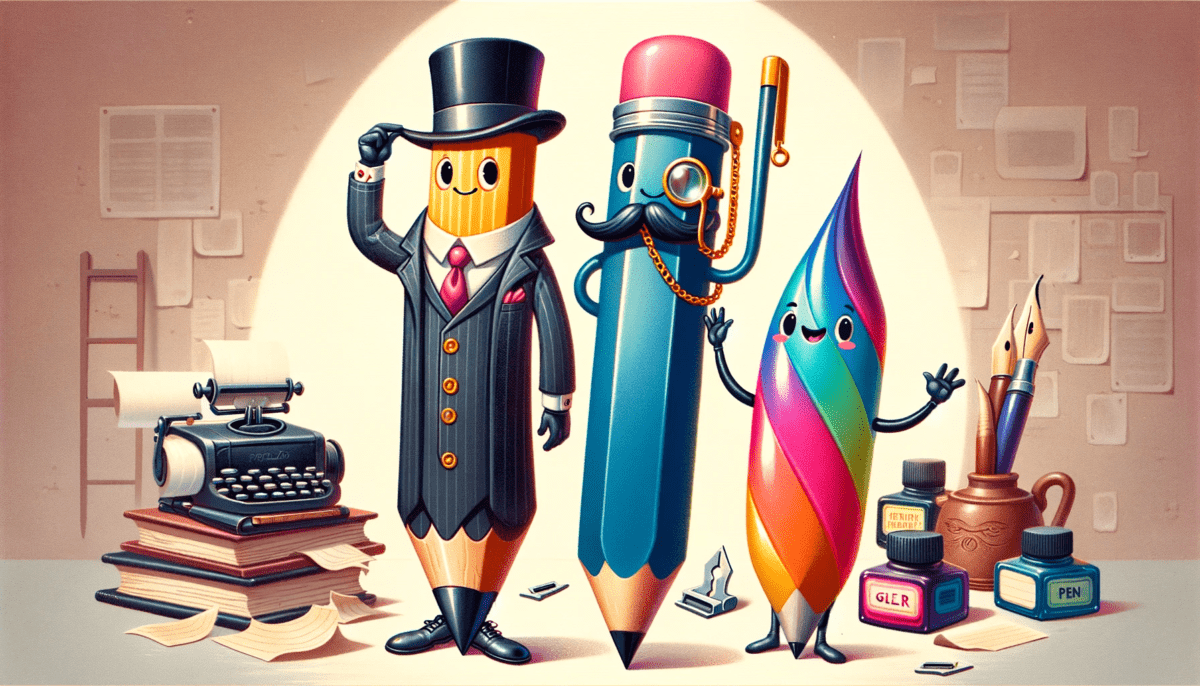
Pens Versus Pencils
From a nexistentialist viewpoint, each writing instrument exists as a manifestation of its own essence. The pen, with its ink, is a symbol of permanence, a declaration of thoughts meant to endure. The pencil, with its erasable nature, represents the fluidity of thought, the ever-changing landscape of the mind. Each, in its own right, is a perfect embodiment of its purpose, yet neither is without flaw. And flaws help make life beautiful.
We behold a whimsical illustration where writing instruments have sprung to life, each embodying their essence in a grandiose display of character and form. The pencil stands as a cheerful figure, grounded in its nature of temporality and adaptability, ready to change as the whims of creation dictate. The pen, dignified in its permanence, carries the weight of finality, its ink a testament to the enduring nature of thought once committed to paper. In this realm, the instruments are not mere tools but characters in the cosmic play, each embracing its role in the celebration of expression.
The Pencil: A Symbol of Evolution
The pencil, with its erasable lead, represents the beauty of evolution, the potential for transformation. It is the companion of drafts, the ally of the mind in flux. In its capacity to be undone and redone, it is akin to the cosmic dance of creation and dissolution, the ever-turning wheel of the universe where everything is impermanent, transient, and eternally changing.
The Pen: An Emblem of Determination
The pen, meanwhile, is the stalwart guardian of permanence. Its ink flows with the determination of thoughts that seek to stand the test of time. With each stroke, it etches a commitment to memory, to history, to the steadfast assertion of our ideas and intentions. It is the mark of decisions made, the flourish of the definitive, and the grace of clarity in the midst of life’s intricate dance.
Flaws as Beacons of Beauty
The illustration before us celebrates these traits, not as oppositional forces but as complementary counterparts. The flaws inherent in both – the pencil’s fragility and the pen’s finality – are not shortcomings but rather features that add depth to the tapestry of life. They remind us that in the realm of the nexistential, where existence is the pinnacle, each flaw is a brushstroke of individuality, a marker of uniqueness that contributes to the overall beauty of the universe.
We Are Space Monkey
“The difference between the almost right word and the right word is really a large matter—’tis the difference between the lightning bug and the lightning.” – Mark Twain
In our illustrative reverie,
We see the pen and pencil, key
To worlds of thought and fleets of fancy,
Where each stroke is a necromancy.
With arms outstretched and faces kind,
They dance the dance of the mindful mind.
One with stories that will last,
The other, a maestro of the past.
In flaws, we find our purest grace,
In each line, a story’s trace.
The pen and pencil, in their might,
Turn the darkness into light.
We invite reflections on this delightful convergence of art and essence.
